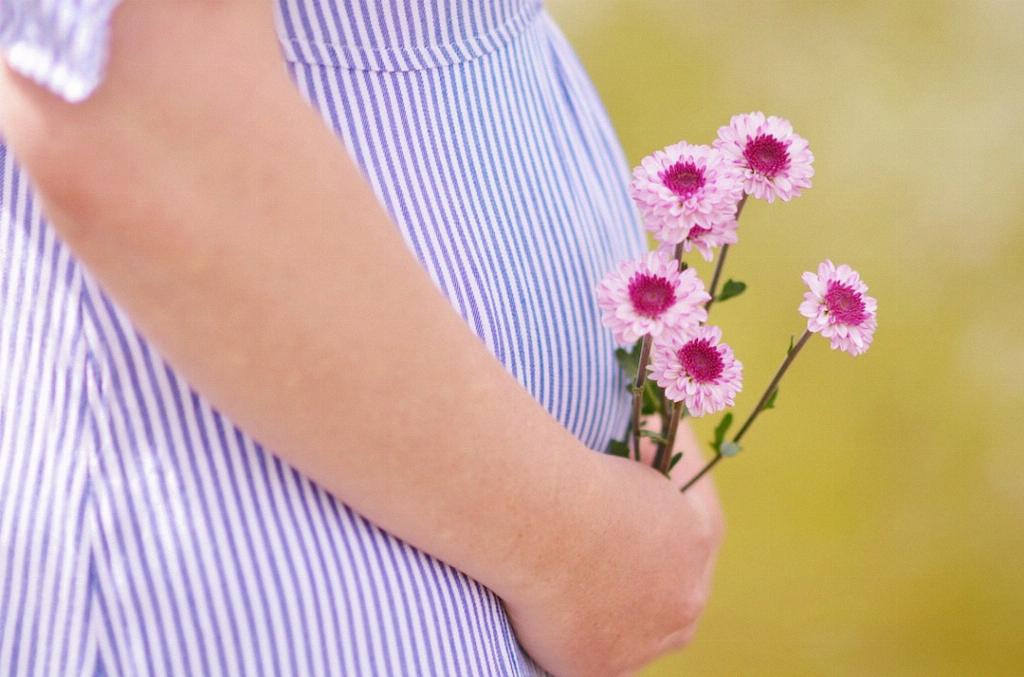Many women may wonder about the occurrence of breast lumps during early pregnancy. The reality is that breast lumps can indeed develop during this time, causing concern and uncertainty for expectant mothers. It is essential to recognize that several factors contribute to the development of breast lumps during pregnancy, particularly in the early stages.
Types of Breast Lumps in Early Pregnancy
During pregnancy, two common types of breast lumps may appear: cysts and galactoceles. Cysts are fluid-filled sacs that can form in the breast tissue, leading to palpable lumps. Galactoceles, on the other hand, are milk-filled cysts that may arise due to milk duct blockage. While these lumps can be alarming, they are typically benign and pose no serious health risks.
Causes of Breast Lumps in Early Pregnancy
The hormonal changes that occur during pregnancy play a significant role in the development of breast lumps. Fluctuations in hormone levels, particularly estrogen and progesterone, can lead to changes in breast tissue structure and composition, making women more susceptible to developing lumps. Additionally, increased blood flow to the breasts during pregnancy can contribute to the formation of cysts and galactoceles.
Common Symptoms of Breast Lumps in Early Pregnancy
Women experiencing breast lumps during early pregnancy may notice various symptoms, including tenderness, swelling, and the presence of a distinct lump in the breast tissue. While these symptoms can be concerning, it is essential to remain calm and consult a healthcare provider for a proper evaluation and diagnosis.
Diagnosis and Treatment of Breast Lumps in Early Pregnancy
Upon detecting a breast lump during early pregnancy, it is crucial to seek medical advice promptly. A healthcare provider may perform a physical examination, imaging tests, such as ultrasound or mammography, and possibly a biopsy to determine the nature of the lump. Treatment options for benign breast lumps in pregnancy typically involve monitoring the lump for changes and providing symptomatic relief, if necessary.
Emotional Impact of Breast Lumps in Early Pregnancy
Dealing with breast lumps during early pregnancy can elicit a range of emotions, including fear, anxiety, and uncertainty about the health of both the mother and the baby. It is vital for expectant mothers to seek support from their healthcare team, loved ones, and mental health professionals to address any emotional distress associated with breast lumps.
Preventive Measures for Breast Health During Pregnancy
While breast lumps can sometimes be unavoidable during pregnancy, there are preventive measures that women can take to promote breast health and reduce the risk of developing lumps. These include maintaining a balanced diet, staying hydrated, wearing supportive bras, and performing regular breast self-exams to monitor changes in breast tissue.
When to Seek Medical Help for Breast Lumps
If you notice a new lump or changes in your breast tissue during early pregnancy, do not hesitate to contact your healthcare provider promptly. Early detection and intervention are crucial in ensuring the proper management of breast lumps and ruling out any underlying health concerns that may require treatment.
Conclusion
In conclusion, breast lumps can occur in early pregnancy, with cysts and galactoceles being the most common types. Hormonal changes, increased blood flow, and benign nature are key factors contributing to the development of these lumps. While encountering breast lumps during pregnancy may be unsettling, prompt medical evaluation, emotional support, and preventive measures can aid in managing these lumps effectively and promoting overall breast health.

